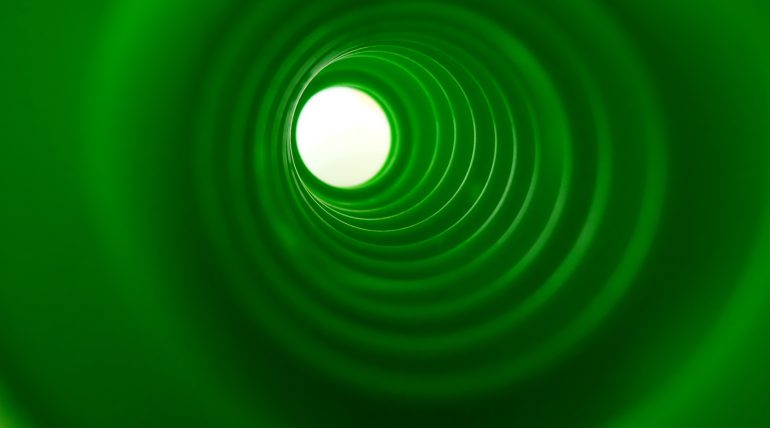
If you’ve ever dealt with broken or damaged pipes, you know how frustrating and expensive traditional repairs can be. The good news is that pipe relining offers a modern, cost-effective solution that saves time, money, and stress. But what exactly is pipe relining, and how does it work? Let’s break it down.
Understanding Pipe Relining
Pipe relining is a trenchless repair method that fixes damaged pipes from the inside without the need for major excavation. Instead of digging up your yard, driveway, or floors to replace pipes, a strong, durable liner is inserted into the existing pipe, effectively creating a new pipe within the old one.
The Pipe Relining Process
- Inspection and Assessment – A CCTV camera is used to inspect the damaged pipe and determine the extent of the issue.
- Cleaning the Pipe – High-pressure water jetting removes debris, tree roots, and build-up inside the pipe.
- Liner Installation – A specially designed liner coated with epoxy resin is inserted into the pipe and inflated, allowing it to bond with the pipe walls.
- Curing – The resin cures and hardens, forming a strong, seamless pipe within the existing one.
- Final Inspection – A second CCTV inspection ensures the relining has been successful and the pipe is ready for use.
Benefits of Pipe Relining
- No major excavation – Saves your lawn, driveway, and landscaping from destruction.
- Cost-effective – Less labour and equipment mean lower costs compared to digging up and replacing pipes.
- Durability – The new lining is tough, resistant to cracks and root intrusion, and lasts for decades.
- Minimal disruption – Most relining jobs are completed within a day, reducing downtime.
Pipe relining is the future of pipe repairs, offering a hassle-free, long-lasting solution to damaged pipes. If you have ongoing pipe issues, it might be time to consider this innovative approach.

